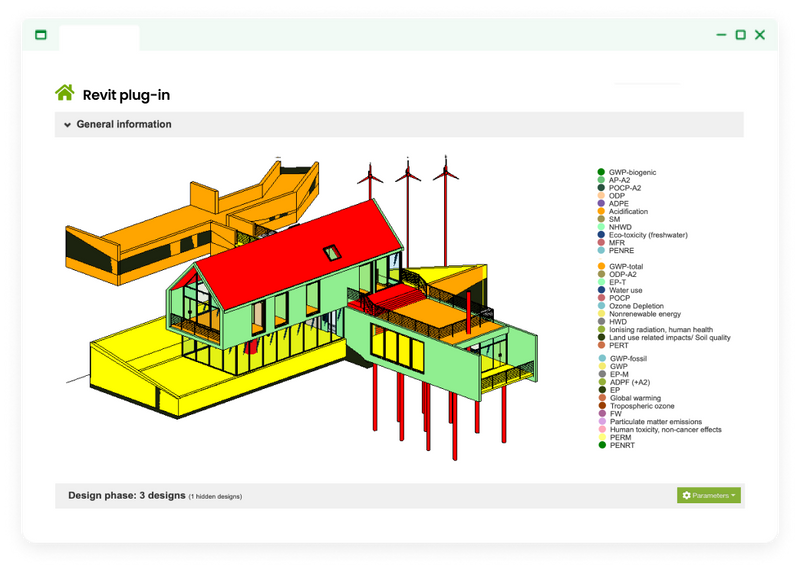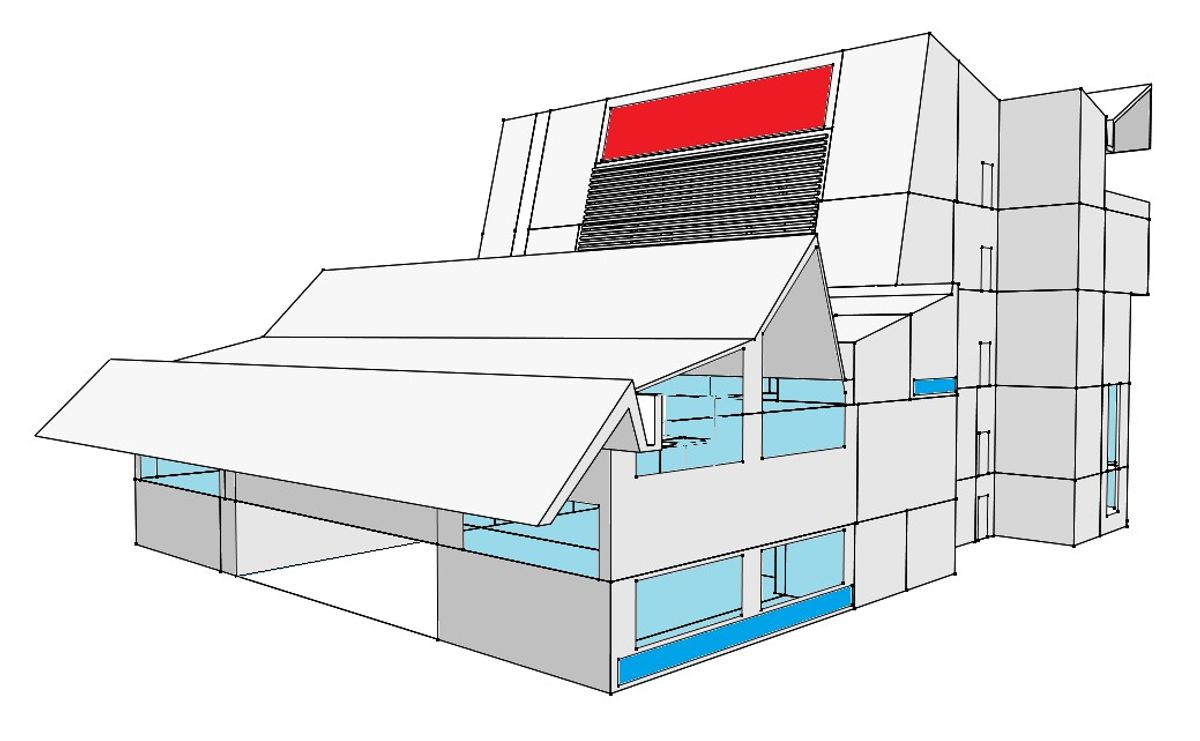How Ha/f Climate Design used One Click LCA for an award-winning project with the City of Toronto

Case Study Description: Ha/f Climate Design aims to halve greenhouse gas emissions from buildings this decade with help from One Click LCA’s tools. Ha/f Climate Design successfully reduced 800 tons of carbon on the City of Toronto’s Paramedic Services Multifunction Station — without additional time or cost to the project. “The power of One Click LCA is the database sitting behind it. You have access to more data, which leads to better decisions.” – Kelly Alvarez Doran, co-founder of Ha/f Climate Design
Key Facts
View key facts for "How Ha/f Climate Design used One Click LCA for an award-winning project with the City of Toronto".
Tools Used in the Case Study
Discover which tools and technologies were used for "How Ha/f Climate Design used One Click LCA for an award-winning project with the City of Toronto".
 Featured
FeaturedOne Click LCA
One Click LCA is the world's leading sustainability platform for construction and manufacturing, providing automated life-cycle assessments and environmental product declarations to reduce environmental impacts, supported by a vast global database and integration with major BIM tools.

User Experience
View user experience for "How Ha/f Climate Design used One Click LCA for an award-winning project with the City of Toronto".
Ha/f is a research and design consultancy founded by Kelly Alvarez Doran and Juliette Cook in 2022. Based in Toronto, Canada and London, United Kingdom, Ha/f works with architects, city planners, and policymakers to develop climate solutions for the built environment. In addition to offering whole-building life-cycle assessments (LCA) and circular economy services to clients, Ha/f is dedicated to sharing knowledge on embodied carbon and boosting LCA literacy among industry professionals through various educational initiatives, including talks, workshops, and presentations. On a mission to raise awareness on whole life carbon best practices, Ha/f uses One Click LCA in various scenarios: -Training architects on how to incorporate LCAs into their projects -Lecturing about sustainable design practices at institutions, such as the University of Toronto and the University of Waterloo -Showing governmental entities how specific policies can influence carbon emissions -Providing recommendations to clients on reducing embodied carbon for building projects
Using One Click LCA led to 800 tons of additional carbon reduction at no extra time or budget cost
Net zero carbon and net zero energy were the targets for the new City of Toronto Paramedic Services Multifunction Paramedic Station, designed by architects Diamond Schmitt and gh3* with LCA analysis conducted by Ha/f. As part of a broader embodied carbon benchmarking study for the City of Toronto, backed by The Atmospheric Fund, Ha/f conducted a detailed 60-year LCA of the Toronto Paramedic Services Multifunction Paramedic Station using One Click LCA. Since Ha/f entered the project during a later design phase, the team reviewed the project’s construction documents and identified the primary opportunities for reducing carbon emissions as specification swaps in favor of lower-carbon alternatives.
To evaluate the building's environmental performance, Ha/f input the gathered material quantities into One Click LCA to conduct an LCA. The team found the software's visualizations and the vast collection of LCA datapoints helpful for uncovering ways to improve the building's environmental impact. The tree graph identified carbon hotspots, which included extruded polystyrene insulation (XPS) and sub-slab conditions, lower-carbon concrete, concrete masonry units (CMU), structural steel, paints, and coatings. Meanwhile, the waterfall graph zoomed into the potential embodied carbon reduction of specification swaps. After conducting material research, Ha/f suggested a series of lower-carbon options to the architects that wouldn’t change the dimensions of the project but could reduce roughly 30% of the carbon on the project. Ultimately, the architects decided to proceed with the top three most impactful alternatives, which reduced the project's embodied carbon by approximately 800 tons. The LCA results will also go on to shape the architects' future projects.
-
-
Similar Case Studies
View similar case studies to "How Ha/f Climate Design used One Click LCA for an award-winning project with the City of Toronto".




